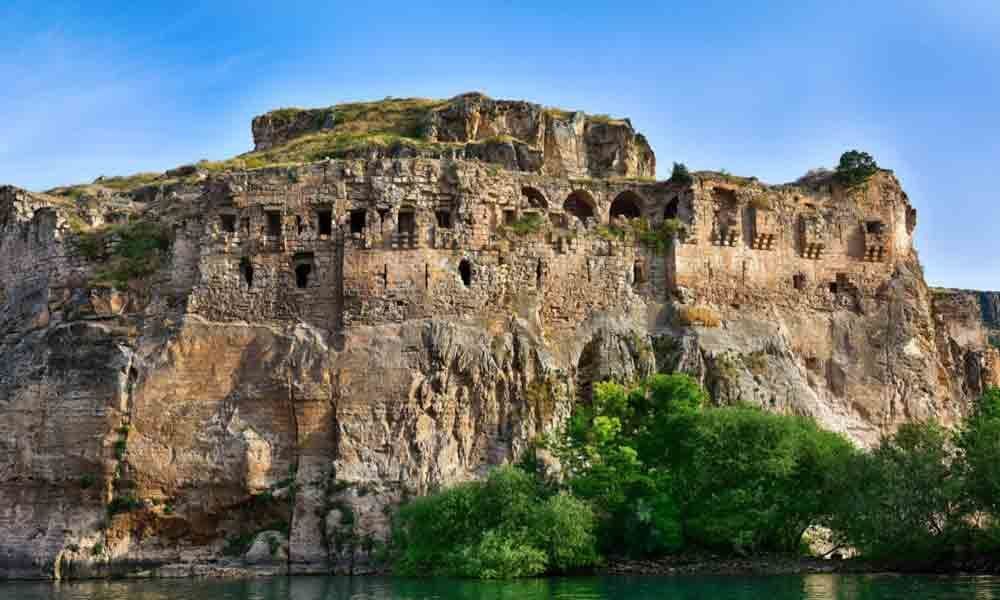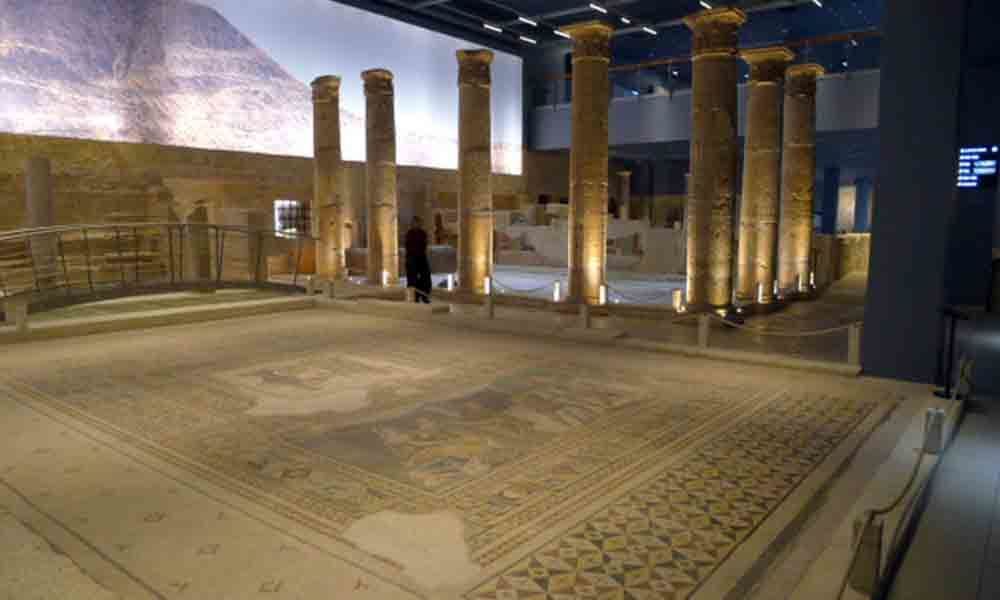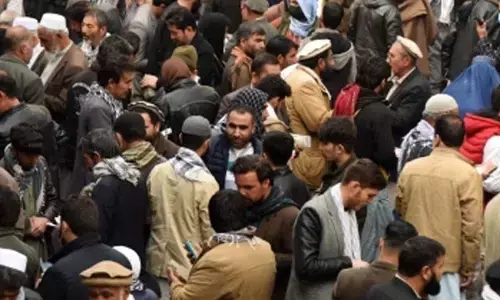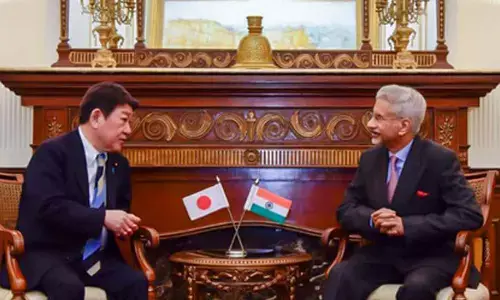Relish the old-world charm
Gaziantep, the City of Gastronomy, is one of the provinces of the South-Eastern Anatolian region of Turkey. It has great historical and cultural significance and is one of the oldest provinces of Hittite origin…
There were plenty of Indians on our flight to Istanbul from India. However, as we got off the flight at the swanky, new Istanbul airport, and took on an onward flight to Gaziantep, there were no Indians except us.
It was surprising and even a bit regretful considering the place has so much to offer. Gaziantep is one of the provinces of the South-Eastern Anatolian region of Turkey and has great historical and cultural significance. It is one of the oldest provinces of Hittite origin. It is the capital of pistachio nut cultivation in the country and also famous for its olives given the extensive olive groves and vineyards and considered a gastronomic haven.
Gaziantep city, which is the capital of the eponymous province is also one of the oldest continuously inhabited cities in the world. It was previously known as Antep and even today, this is the popular, informal name. Sahinbey and Sehitkamil are the two urban districts under the city administration.
Historians believe that this region's settlements date back to the 4th century BC. A well-known archaeological site called Tell Tuluk is close to the city and a must-visit for history-lovers. Also, it is speculated that this region was the site of the Hellenistic city of Antiochia ad Taurum. Given this long and rich history, it was not surprising that we met a couple of historians from Paris at our hotel who told us that they had been regularly visiting the city over the last decade for their research on Hellenistic culture and that many researchers across Europe and USA also regularly visit Gaziantep. Even if you are not a scholar or researcher, if you have studied about the Ottoman empire and Mesopotamia during your history lessons in school as I did, you will have some idea of the background of this region.
The region is also renowned for its copperware and Yemeni sandals, and Baklava making centres. Today, Gaziantep is one of the important and industrial centres of Turkey. This industrialisation and the employment opportunities are also a major reason why this is a well-populated region and Gaziantep city is actually the sixth-most populous city of the country.
For foodies, the good news is that it is known as the gastronomic paradise of the region. Gaziantep has the distinction of being a Creative Gastronomy City. There are nearly 200 pastry stores selling the national dessert baklava in several varieties and scores of restaurants where authentic local cuisine is available. The city also houses the Emine Göğüş Culinary Museum —in a city famed as a foodie heaven, it is no surprise that there is a museum dedicated to food!
Talking of museums, the city and surroundings have many famous ones. The best-known is the renowned Zeugma Mosaic Museum. You should also make time for the Yesemek Open-air Sculpture Museum, Archaeology Museum, Medusa Glass Art/Works Museum, Defence Museum, and Ethnography Museum. The Hamam Museum is a worthwhile visit. A Turkish hamam or bath refers to the public bathhouses which were associated with the Ottoman empire culture. If you have kids in tow, the Gaziantep Zoo is worth a visit.
Our first stop in Gaziantep was the city centre where we saw the imposing Gaziantep Fortress and the Ravanda citadel restored by the Byzantines in the sixth century. Close by was the popular Copper Bazaar. Given the many tourist attractions in this area, it was no surprise that the city has created a large Gaziantep hashtag for visitors. This was where we alighted from our car—it was overcrowded with tourists and we had to wait a while before we got our turn to take pictures before the hashtag structure.
After checking out the fortress and citadel, we walked through the Copper Bazaar, where we witnessed the coppersmiths crafting glistening kitchenware and decor pieces out of copper. These workshops also functioned as retail stores. There were shoe shops too--rows of stores where footwear was being created and sold. Bargaining is common in the bazaars whether here or in Istanbul.
Here and actually everywhere around the city, pista was being sold by the sacks in most markets. But then, this city is the pistachio capital of Turkey with thousands of kg of high-quality produce being produced every year. Stores were overflowing with mounds of other nuts and spices too. As we walked around, shooting the sights and good-looking locals, we stopped now and then for the famed Turkish coffee and typical Turkish tea which is black and drunk from glasses rather than tea-cups. A walk around the stalls in Bakircilar Carsisi is a great way to understand the handicraft and food culture of the region.
The next day, after breakfast at Orkide Patisserie we went to see the fascinating process of baklava making at the well-known Imam Cagdas. It is an arduous process and involves working in a very hot environment in a city which is already known for its fierce summers. We sampled nearly a dozen varieties of baklava, the sweet dessert made of layers of phyllo stuffed with chopped nuts like pistachio and/or walnut and sweetened with syrup. The baklava is also one of the most popular buys for tourists to take back home. Interestingly in India, many well-known confectionery stores are selling baklava. But of course, there is nothing like the real deal—so pick up as much as your baggage allowance permits from Turkey.
We stopped for photo-ops at the many old stone houses and official buildings which have been painstakingly restored before we visited the renowned Zeugma Mosaic Museum. This modern museum showcases wonderful mosaics found at the Roman site of Belkıs-Zeugma before the construction of the Birecik Dam led to the flooding of most of the site. It has superb specimens saved and carefully restored by experts. We paused at its most famous exhibit, the Gypsy Girl. All the mosaics are arranged aesthetically on two floors with ample space to walk around.
The city also has many mosques dating to different time periods and with striking architectural features. Many of them have been carefully restored and dominate the landscape in their part of town. Rumkale and Savas traditional villages with their old Ottoman architecture are worth a day trip from Gaziantep. We did drive to nearby Halfeti and take a boat tour and it was one of the highlights of our visit to the historic city of Gaziantep.
This is one of the lesser-known regions of Turkey and we recommend that you go there before the tourist hordes rush in. The locals were friendly and helpful wherever we went and sportingly posed for photos whenever we made a request. However, most of them do not know English and this is one country where a translation app can be very useful.


















